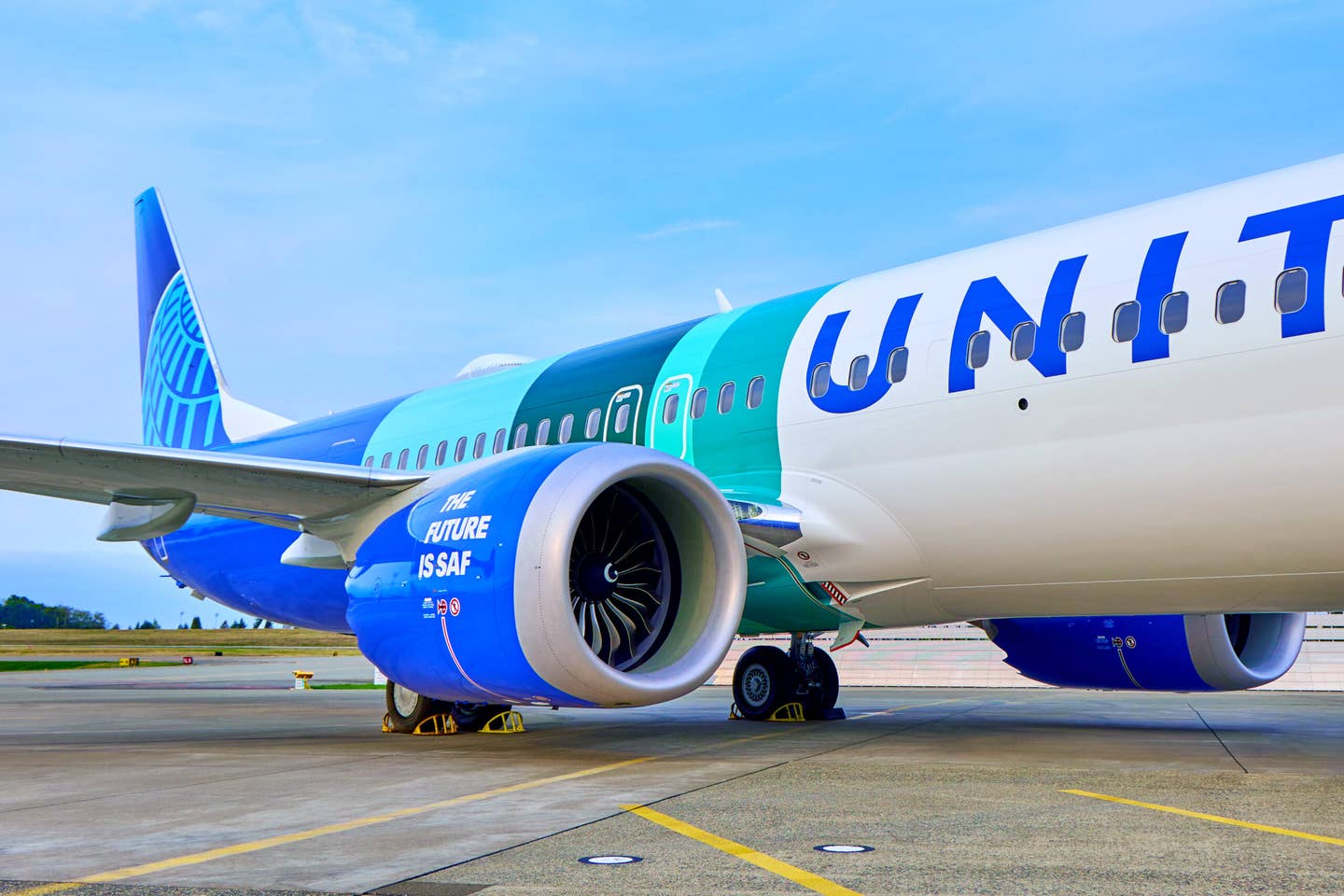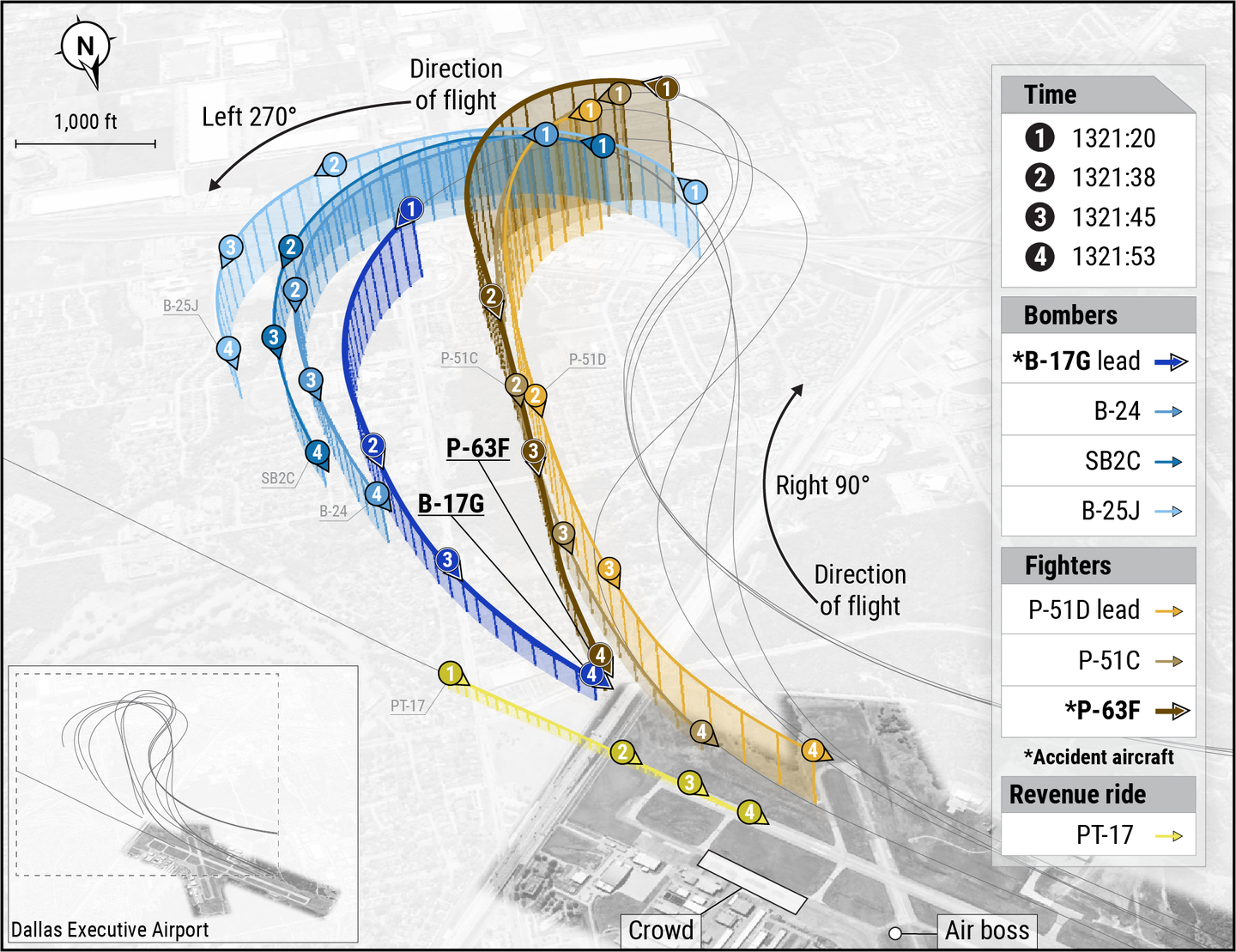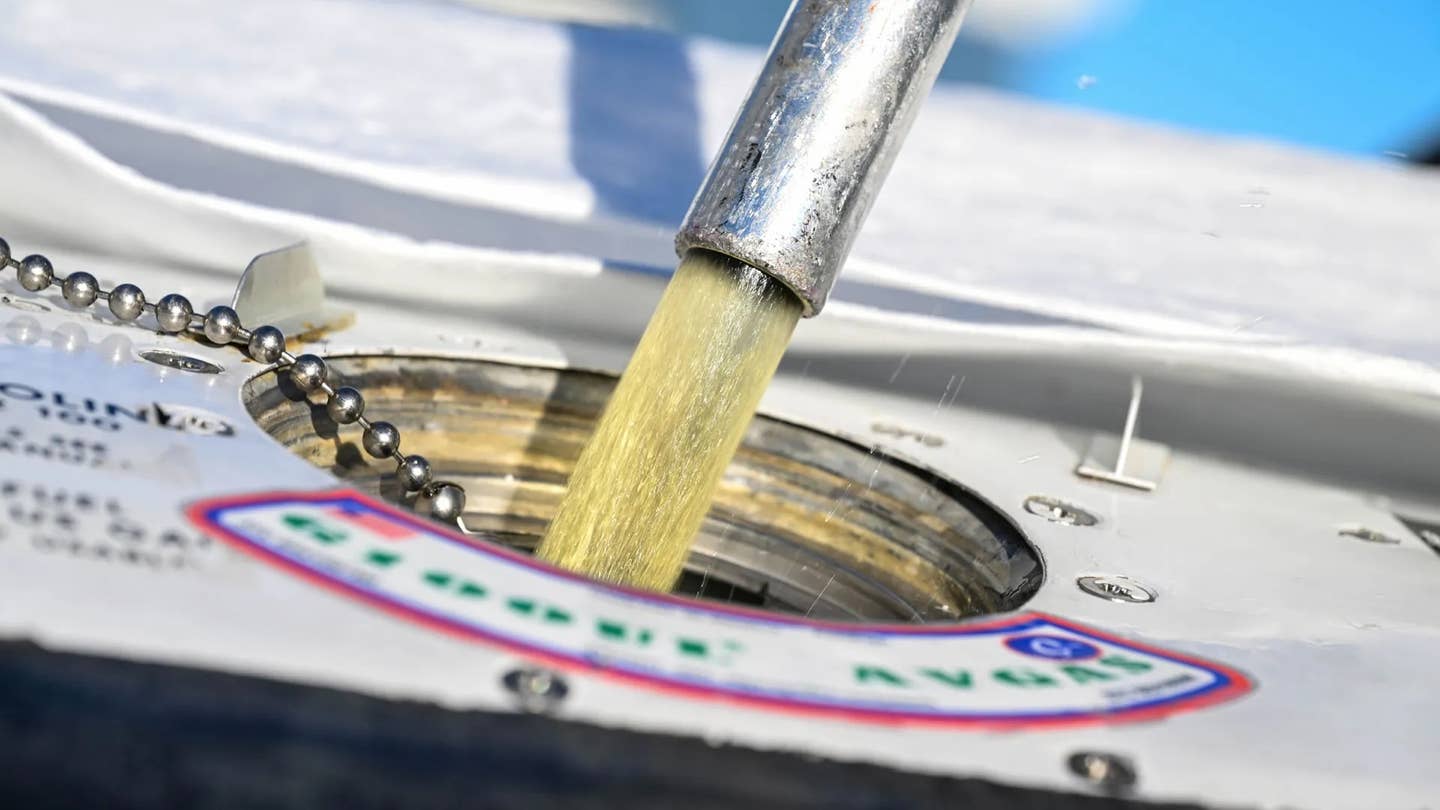Electric Airplanes: A Tough Paradigm Shift
And it may not have that much to do with batteries.
At this week's Redbird Migration conference, I wrote a short straightnews piece quoting the proposed direct operating costs for an electric trainer of about $5 an hour. That number came from George Bye, whose Aero Electric Aircraft Corp. appears poised to bring an electric-powered trainer to market within…well, it's on the horizon.
A couple of hours later an AVweb reader wrote to say that if we thought an FBO was going to sell flight hours for $5, we were delusional. Sigh. All my hopes and dreams have been dashed; my vision of a shining aviation city on the hill lies in smoking ruins. Obviously, Bye was referring to direct operating costs, not retail flight hour prices. But it occurs to me that this kind of literal interpretation raises an interesting issue for electric airplanes. Despite DOCs that are a fraction of gasoline-powered aircraft numbers, the paradigm may be harder to shift than electric visionaries may think or admit. And it might not have that much to do with battery capacity or even raw economics, but perceptions.
A digression here. At a motorcycle show I attended a couple of weeks ago, one of the manufacturers got my attention when he said the company's bikes-the Zero line-had managed to get the range up to about 180 miles on bikes that cost about $15,000. Okay, I'm listening. But when I looked closely into the sales bump, I discovered that that kind of range is limited to a city commute duty cycle; the stop-and-go and slow speeds that favor electrics.
For the kind of riding I do-sport jaunts in the mountains with mixed hard acceleration and cornering-the range drops to a rather limited 90 miles or less. Maybe a couple of hours then back to the barn to charge for six hours or swap a battery pack. Not feeling the love yet. Fifteen K buys any number of nice sport rides or standards that I can scrape pegs on all day anywhere I can find gas. So, I'll check back in a couple of years. For me, and I suspect for a lot of buyers, it's a cost/value/perception thing, not just strictly dollars and not just range or endurance.
That gets me to e-airplanes, which aren't nearly as far along as motorcycles are, are not real products and do not have real customers yet. It will be awhile before they do. In the meantime, this is a good place to ponder if they will be as disruptive as their supporters envision. Frankly, the numbers on them look so alluring that only a black-hearted cynic would wish to rain on the lithium. Bye's initial figures suggest direct operating costs of $4.65 an hour for the electric versus $73 for a Cessna 172. I can move those numbers a little closer with stingy costs from flight schools, but I'll stipulate here that both are accurate enough for this discussion and that both loosely account for fuel and the required replaceables for both technologies. The actual numbers are less important than the directionality.
So what's this electric going to rent for at the flight school? Not $5. E-planes won't rewrite the laws of finance and insurance so if the electric costs, say, $190,000 new, which Bye says is realistic, then we're looking at about $2000 a month in finance charges and another $600 for insurance and something for tiedown/hangarage. Amortized over 600 hours a year, which is pretty good demand for a flight school trainer, and the number is about $60 an hour, if you add the aforementioned DOC. Since flight schools like to add a margin, make it $65 or $75 an hour to the customer. Bump up the hours-Aero Electric envisions high-density use-and hourly rates could drop more or the school could take more margin.
Not bad. But does it rise to the level of a paradigm shifter when compared to a 30-year-old Cessna 152 renting for $90? Now we get into the perceptions and compromises of the electric airplane by asking what it will do as a trainer, how customers and instructors will take to it and how effective it will for the intended purpose. At the moment, these simply cannot be answered.
Let's dispense with the range challenge first. Bye is already experimenting with pre-production 250 Wh/kg batteries and expects the Sun Flyer to be capable of four hours of endurance or three hours of practical flight time. With a quick-change battery pack or two, which the Sun Flyer will have, let's say the duration is there. You need but 2.5 hours a day to get to 50 hours a month, so that looks doable to me. The Sun Flyer also self-charges with its wing solar cells.
But to get that endurance, e-airplanes have to be light and that means minimal structure. Aero Electric is acutely aware that the minimal structure in light sport aircraft is one reason they haven't gained wide favor as trainers, so that's why it intends to certify the Sun Flyer. It won't be an LSA. But certification isn't what makes airplanes durable, structure is. That's why Redbird can rebuild 30-year-old Cessnas for another 30 years of service. Cessna put a bunch of extra girders in the bridge that an electric airplane can't have. The Sun Flyer will weigh half what a Cessna 172 does; right at the 1320-pound LSA limit. This isn't a deal breaker, in my view, but it's baggage the e-airplane will have to drag up the hill of the paradigm shift. It'll have to show it doesn't have dainty feet.
Lightness also begets another property: light wing loading and possibly control forces light enough to be an unpleasant nuisance. This has proven to be a persistent issue in LSAs, so much so that some schools have dumped them just for that reason. For the sake of $20 or $30 an hour, will students and instructors tolerate bouncing around in light thermals or careening in crosswinds that a 2600-pound Skyhawk would sniff at? I dunno. Will students and instructors accommodate? I dunno. But it may be a mistake to think the core of the market will whiff on that question for the sheer satisfaction of flying green and a little cheaper.
Who's this a trainer for? Will it be for drawing new GA recreational pilots into the fold at affordable prices? Or just training pilots for any purpose, including for-hire flying? These questions are relevant, I think, to how schools market to attract the next generation of pilots, whether they're fun flyers or would-be airline pilots, and how they earn a return on their e-airplane investments. Early adopters won't care, but early adopters don't grow markets much.
So few of us have flown e-airplanes that we don't have an institutional sense of how they'll fit into the reality of the rest of the fleet of dented, oil-smeared aluminum, not the theoretical one of spreadsheets and whiteboards. They may be, right out of the box, impossibly wonderful to fly and the revolutionary instruments of change some foresee. Or so quirky as to be of limited training use until a generation or two of designs have evolved. As a journalist, I've been pulled up short more than once by seeing the positives in an airplane during a two-hour flight trial, only to learn that instructors in the field find fatal warts.
Aviation has always existed in a larger field of automotive technological progress in engines, electronics and materials. With regard to engines, general aviation has been maddeningly impervious to rapid advances in piston powerplants, both for market consideration but also because certification costs make progress too expensive. Here, the electrics may have a brief leg up. If something like the Sun Flyer is certified as an electric airplane, it won't be burdened by the inertia that stultifies gasoline engine development.On the other hand, e-propulsion is moving rapidly forward with smaller, more powerful and efficient motors and better battery technology. If the FAA can't keep up-as it hasn't kept up with UAS technology-it could kill or clip e-airplanes before they get off the ground.
Well, ya gotta start somewhere. The Sun Flyer is as good a place as any, I suppose. But if I were betting, I'd say e-airplanes won't come into their own until they get heavy enough to be as durable as a 152.
Join the conversation.
Read others' comments and post your own.






